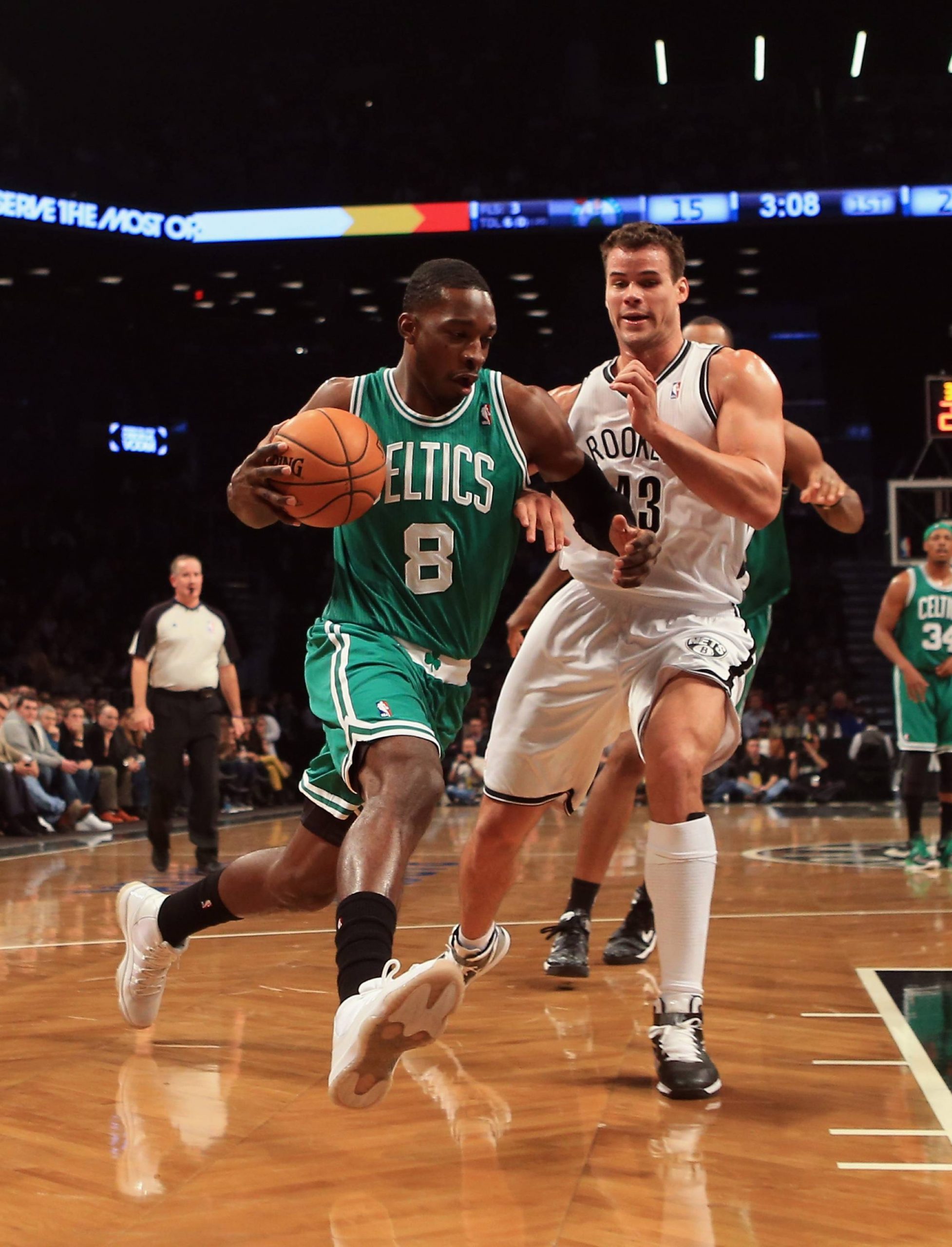Angel closer Huston Street was standing on the orange, clay mound at Minute Maid Park last night, ready for the ninth inning to begin. He had fired up his arm in the bullpen. He had thrown all of his warm-up pitches while first baseman CJ Cron was slinging grounders to his fellow infielders behind him. And then the first Astro batter stood in the box, focused on Street’s right hand, the one that would be throwing a pitch that be would zipping across the low-and-away corner of the air just above the far edge of home plate, the particular spot Street had been throwing at for the past twelve seasons, whether he had been wearing the uniform of the Oakland A’s, Colorado Rockies, San Diego Padres, or Los Angeles Angels.
Except that when the pitch to George Springer came rushing home, Angel catcher Carlos Perez had to quickly move his mitt from where it had expected to receive the pitch to the opposite side of the plate. Several times, in fact, during this at bat, Perez had to relocate his mitt mid-pitch in order to catch one of Street’s offerings that had strayed from its intended end point.
And after seven pitches of Street struggling with his control, Springer was off to first base with a walk. The next batter, 27-year-old Marwin Gonzalez who has yet to log at least 400 at bats in a Major League season and should have been over-matched, drew another walk. Huston Street, who has made quite a successful career out of pouring strike after strike into the low-and-away corner like a knight repeatedly striking blows with his sword at the chink in his opponent’s armor during a battle, was having a difficult time last night putting the ball where he wanted it to go even though he had done it successfully thousands upon thousands of times before. At this point in his life, Street should be able to paint that corner purely from muscle-memory, with his eyes closed even, yet he had just walked the first two batters he faced, and now the tying run was on second and the winning run was on first.
Pitching coach Charles Nagy, the Angels’ expert whose job it is to identify flaws in a pitcher’s mechanics that could lead to mislocated pitches, could see nothing wrong.
Street couldn’t figure it out either. “I felt great out there tonight,” he told reporters after the game. “I felt totally fine. Probably the best I’ve felt all season, to be honest. . . . I know when the ball comes out of my hand the right way and the wrong way. When it comes out of my hand the right way, I usually get outs.”
It took me many years as a fan to realize this, but what Huston Street experienced last night is a prime example of what the game of baseball ultimately is — a game of luck and the inexplicable whims of fate. Whether your team wins or loses often depends on whether or not your pitcher “has it” on that particular night or day, on whether your outfielder lost track of the ball when it faded into the glare of the stadium lights or of the sun, or on whether your slugger guessed correctly that the pitch coming at him mid-thigh was actually a fastball that he could crush for a game-winning home run and not a slider that the barrel of his bat would pass over for strike three.
Of course there are levels of skill involved, as evidenced by the rare player who can consistently put up great numbers, year after year, like the Mike Trouts and Clayton Kershaws of the sport, but because of the essence of baseball, a mediocre journeyman pitcher can very well strike out Trout with the bases loaded in the sixth inning of a game the Angels will lose 4-3, or someone like Huston Street, a pitcher with 322 career saves, can look and feel mechanically perfect yet give up two walks and two hard hit singles to blow the save and lose the game.
It’s one of the reasons why we watch.
Add The Sports Daily to your Google News Feed!
